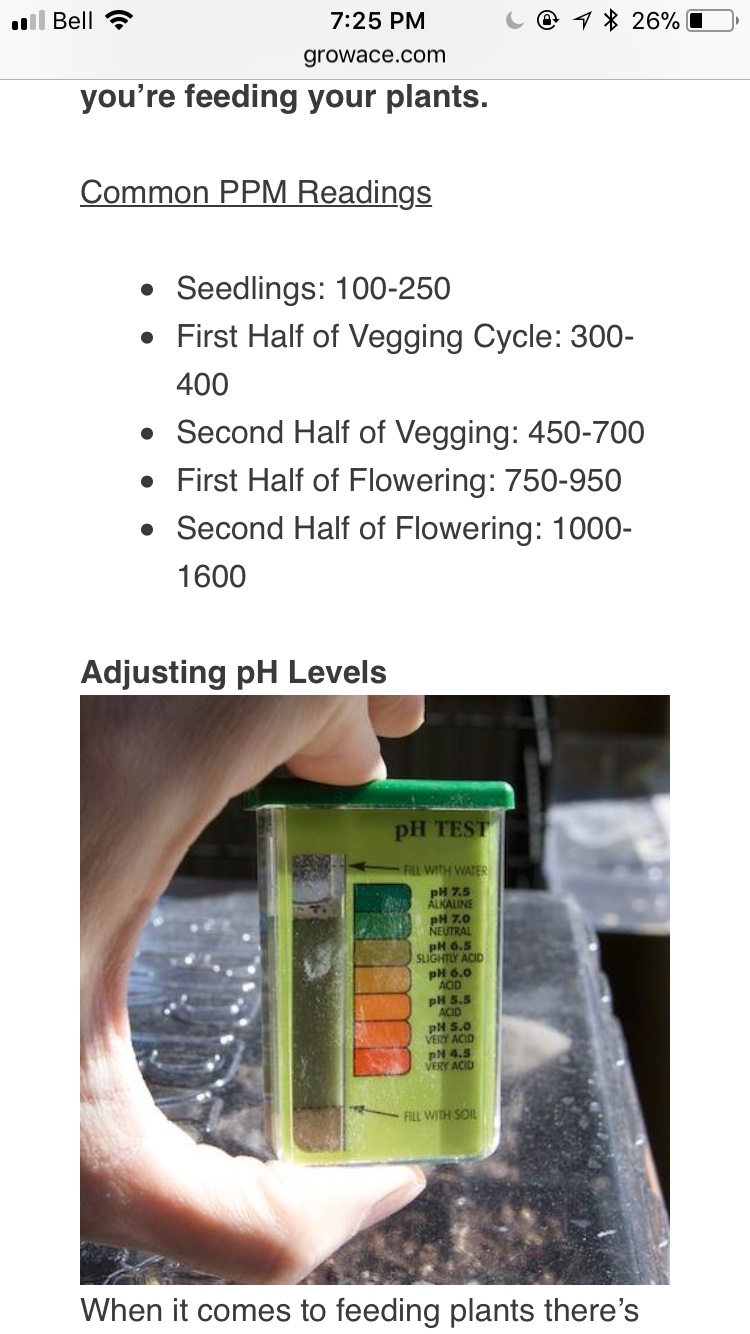Oldbear
Well-Known Member
Is there any methods or tools to measure the nutrient levels that are in soil?
Does anyone know how long a plant takes to utilize all the 'food' in a cuft of soil?
Does anyone know how long a plant takes to utilize all the 'food' in a cuft of soil?






